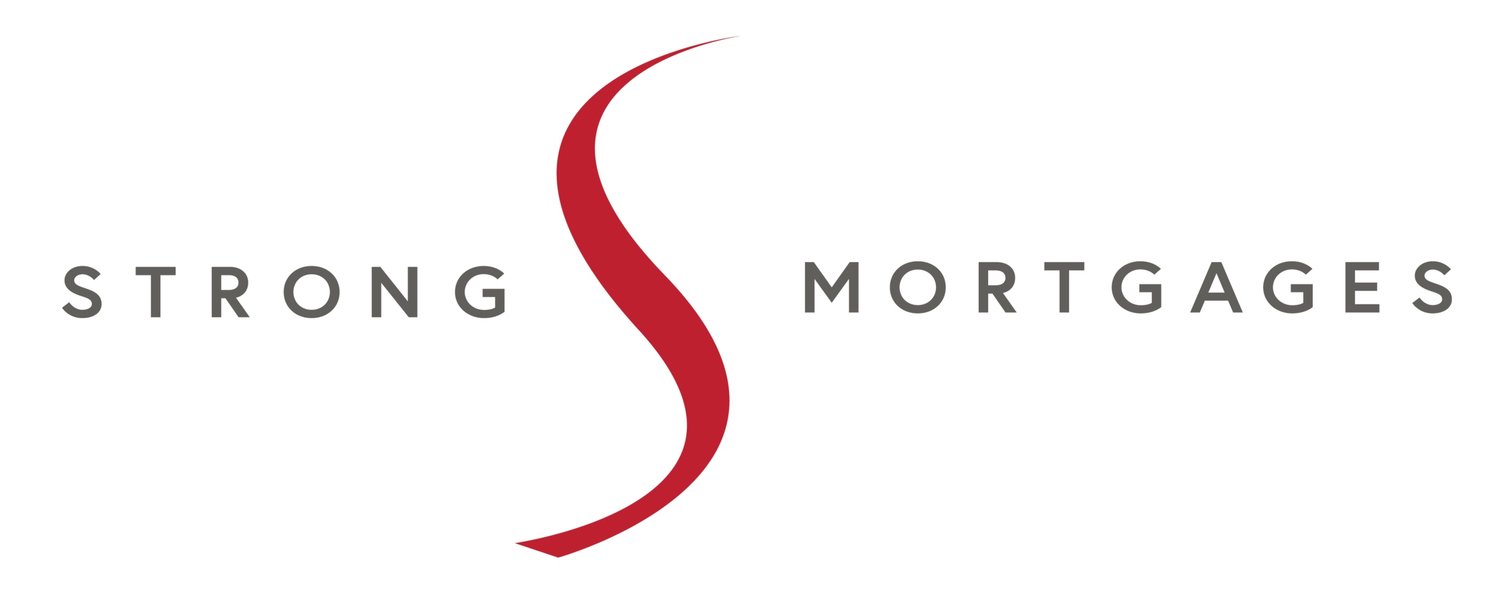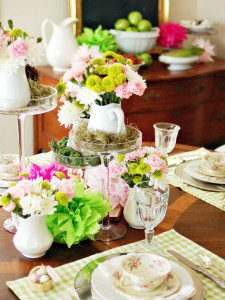 LEGO has been a big part of my 2014, mostly because of my 3-year-old son, Jack. But it has not entirely been because of his interest.
I noticed the ad you see shown here posted on Facebook in January. It’s a 1981 LEGO ad that was reviewed by Huffington Post and I found it interesting for a few reasons. I liked it, but I didn’t. I liked it because of the story and the happiness it exuded, but I felt like the visual was telling me, for a girl to play with LEGO, she would likely be a tomboy.
LEGO has been a big part of my 2014, mostly because of my 3-year-old son, Jack. But it has not entirely been because of his interest.
I noticed the ad you see shown here posted on Facebook in January. It’s a 1981 LEGO ad that was reviewed by Huffington Post and I found it interesting for a few reasons. I liked it, but I didn’t. I liked it because of the story and the happiness it exuded, but I felt like the visual was telling me, for a girl to play with LEGO, she would likely be a tomboy.
I learned later in the article The Little Girl from the 1981 LEGO Ad is All Grown Up, and She’s Got Something to Say, that the clothes she was wearing in the photo shoot , were actually her own clothes. I don’t know why, but I would have liked to see her in a dress or something a little more ‘girly’ to be more representative that even the ‘girly-girl’ loves to play with regular LEGO.
LEGO’s benefits, as described in the Bloomberg Businessweek article, LEGO is for Girls, say “LEGO play develops spatial, mathematical and fine motor skills, and lets kids build almost anything they can imagine, often leading to hours of quiet, independent play”, proving to be an invaluable toy to both boys and girls (and parents). The article digs into LEGO’s history and the development of trying to reach the other 50% of the market, girls. LEGO has continually failed at targeting this demographic in the past, so they invested 4 years researching, interviewing and assessing 3,500 girls and their mothers, resulting in some key findings for their new product development:
- The greatest concern for girls was beauty
- Girls prefer role-play, but still love to build. They just build differently, preferring to stop along the way opposed to boys tending to be linear, building rapidly, even against the clock
- More girls projected themselves into the ladyfig, where boys tend to play with minifigs in the third person.
Using their new findings and committing $40 million dollars to a marketing strategy, a new LEGO line,LEGO Friends, was released in late 2011 aimed to girls 5+.

Their initial launch of LEGO Friends generated consumer controversy with groups and individuals such as SPARK (Sexualization Protest, Action, Resistance, Knowledge) and Eating disorder specialists, Carolyn Costin, demanding changes to be made due to their concerns with the damaging gender stereotypes of the product.
Despite the negative push back, in 2012 LEGO tripled sales in the US from 9% to 27% for the number of ‘girl’ sets sold.
LEGO met with SPARK to discuss the concerns and addressed plans for implementing change, but Bailey Shoemaker Richards notes in her article, A Year Later, How’s LEGO Doing?, she has not seen improve in an area of main concern, the female representation on their website and in their product lines. According to Shoemaker Richards, the count for female minifigures was only 16% as of March 2013.
Shoemaker Richards also critiques the new LEGO ad released in early 2013, which is surprisingly consistent to the 1981 release. I also found an article by Robert Klara, LEGO’s Consistency Has Been the Key to Its Success Getting girls was the tricky part, comparing the ad to an earlier 1978 poster with a young boy. Both exude achievement, but in different respects; her, for her individuality and self-expression, him, for his achievement and parent admiration.


Although LEGO has increased sales to girls through LEGO Friends, the questions is, has it ultimately peaked interest for girls to explore other LEGO products lines or gain the special skills these little bricks have been offering boys for decades; ‘toys with vitamins’ as they have been referred to.
I love that my son is at the age to be completely engrossed with hours of fun LEGO play. It’s absolutely his favorite toy, and The LEGO Movie has not disappointed to drive his passion further. He knows all the trailers word for word, and action for action – we are desperately waiting for the online release.
His passion of LEGO pretty much extends to wanting everything LEGO: Angry Birds LEGO, The LEGO movie LEGO, Star Wars LEGO, Batman LEGO and even the Princess Romantic Castle set from the LEGO Disney Princess series. In watching Jack, I know he plays and sees a toy, as a toy. Not that it’s being advertised to him directly or to a girl, or that it is blue versus pink or that it’s teaching him anything special. He sees it as something interesting that can factor into his imagination and playtime. He loves building different things like monsters or robots and good guy guns that can help protect a princess from bad guys. He wants to help and protect, like a hero. For him, he likes having a princess (sometimes mommy) to save or team with to beat the bad guys together.
Including more females in the boy dominated LEGO sets and boys in the LEGO Friends would allow for more creative imaginations crossing both genders, and I believe it will help with gender equality. Limiting pinks, purples or specialty pastels to be sold in girl’s product is a bit concerning, when instinctively, kids don’t see the need for that division. The gravitation to certain colours or styles may be present in each sex and each kid, but it doesn’t mean it’s that the way a 100% of the time. I have observed that variety (colour, shapes, sizes) is welcomed by most kids.
My hope is that more girls find interest in LEGO and over the years LEGO can continually adapt their product to include more collaborative, gender-neutral, hybrid products (including all colours), that can be intermixed with the gender specific models.
Lastly, LEGO is for all generation, not just kids. If you thought your days were over playing with LEGO, think again. LEGO is a phenomenal product, even for adults. Lynn Oucharek of O Vision Consultingshared this video in her Creative Starters newsletter last month. It shows how LEGO can be a valuable time management training exercise – even if you don’t like to build, it can prove to be a rewarding reminder of your accomplishments from your hard days work.
Check it out for yourself to see if you can apply this idea to your own career development. The full article related to the video is available here.
https://www.youtube.com/embed/d5xAQnwPXIE?feature=oembed
 A couple weeks ago I was reminded of these absolutely yummy cupcakes Jack and I enjoyed at a birthday party last year. Harrison’s 3rd birthday opened my eyes to the most delicious chocolate cupcakes made with quinoa…I couldn’t believe it! Thanks Andree & Jason.
I recently requested the recipe for a friend and thought, man, this is just too good to not share with everyone.
A couple weeks ago I was reminded of these absolutely yummy cupcakes Jack and I enjoyed at a birthday party last year. Harrison’s 3rd birthday opened my eyes to the most delicious chocolate cupcakes made with quinoa…I couldn’t believe it! Thanks Andree & Jason.
I recently requested the recipe for a friend and thought, man, this is just too good to not share with everyone.

 Canadian existing home sales and housing starts declined in most markets, while prices continued to rise in 8 out of the 11 major markets.
Canadian existing home sales and housing starts declined in most markets, while prices continued to rise in 8 out of the 11 major markets.




 LEGO has been a big part of my 2014, mostly because of my 3-year-old son, Jack. But it has not entirely been because of his interest.
I noticed the ad you see shown here posted on Facebook in January. It’s a 1981 LEGO ad that was reviewed by
LEGO has been a big part of my 2014, mostly because of my 3-year-old son, Jack. But it has not entirely been because of his interest.
I noticed the ad you see shown here posted on Facebook in January. It’s a 1981 LEGO ad that was reviewed by 









